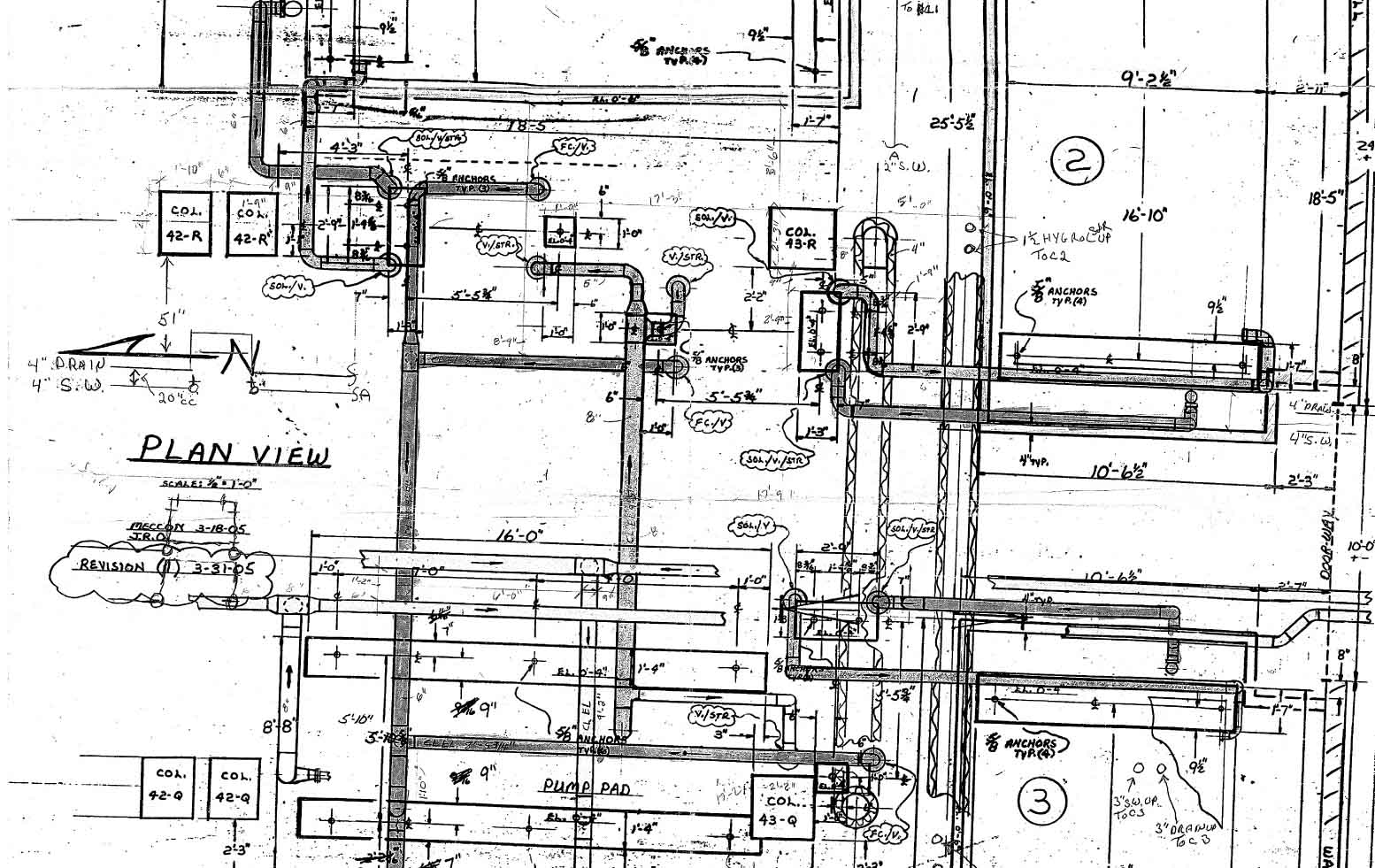
House floods are a costly - and dangerous - affair.
So how do you protect your home against sudden flooding? On crucial step is to keep an eye on your appliances and be proactive!
Your plumbing appliances have enormous potential to cause floods, as they are connected to the water lines in your home. Here are five appliances that, in our experience, have the highest chance of flooding - and how you can help prevent those watery disasters before they strike:
1. Water heaters
Water heaters have the potential for causing extensive flooding damage, as most standard water heaters contain a substantial amount of water at all times. If something breaks suddenly, flooding can occur almost instantly.
Luckily, water heaters rarely will get to this point without some obvious signs of disrepair. A system that includes proper maintenance and annual check-ups on your water heater is the surest way to keep it in good working order - and to catch problems before they become truly dangerous.
If you do notice leaking or puddling water around your unit, it is essential that you make an emergency call to your local plumber and take care of the issue speedily. When symptoms like these occur, it is often a sign that there is a serious malfunction in the temperature and pressure relief valves of your heater, or else some bad corrosion in your tank - meaning that a flood may not be far behind. Get a professional out there ASAP!
2. Toilets
Toilets are another appliance in your home that constantly hold water, in their basins and in their tanks. A slow leak around the base of the toilet can cause major problems - including rot, mold, and mildew. Meanwhile, a sudden toilet overflow stemming from a clogged drain can cause instant alarm.
Make sure you have a plunger handy by every toilet in your household at all times. If a plunger isn't working, give your local plumber a call - you could have a problem deeper down in your system that requires some special attention.
3. Washing Machines
Washing machines have six areas that are prone to major leaking. They are:
- Inlet connections
- Hose connections
- Center post gaskets
- Outer tub seal
- Air dome seal
- The pump
If you're having any (and we mean any) problems with any of these areas, immediately unplug your washing machine, turn off the water main, and troubleshoot the area (or bring in a professional to examine it). If you don't, the damage to your basement or laundry room could quickly become extensive and cost you a lot more than the services of a plumber.
4. Dishwashers
Dishwashers can be finicky when it comes to overflow. Using too much detergent (or the wrong kind of detergent) can set off a bubbly eruption, so a good rule of thumb for keeping your kitchen dry is to make sure that you fully understand what you should use and how much you should use by consulting your manual.
Sometimes, excess stray food from your dishes can also build up and clog up the strainer or inhibit the float switch - leading to an unwanted backup and a foul stench to match. In this case, remove the strainer and scrub it out with a stiff brush. If that isn't helping, we suggest replacing the switch altogether.
Getting leaks which don't seem to be caused by either of these common issues? You probably have an underlying issue with your plumbing. Call in a plumber to check your pipe fittings, connections, and drainage systems.
5. Refrigerators
As refrigerators are used to keep things cold or frozen, they naturally attract moisture during the warming up and cooling processes that naturally take place whenever you open the door to grab an item. When warm air comes into contact with the condenser coil in your fridge, condensation is created. Often, this pools at the bottom of your refrigerator, where a drain line allows this moisture to drain away. However, sometimes this line can become blocked by food. Over time, if this isn't cleaned out, this moisture can make its way on to your floor.
A second problem that refrigerators often experience comes from the water supply line that feeds ice machines. This can come unattached, especially when the lines gets older and more worn out. Should something happen, water may quickly begin to pool on your kitchen floor.
Examine these two elements on a regular basis to check for integrity in order to avoid sudden flooding. You can also have a plumber inspect these elements of your refrigerator, if you're not sure where exactly to look.
Questions? Need any help with a tricky water line or malfunctioning appliance? Drop us a line today! Our team is here and always happy to help, day or night!








